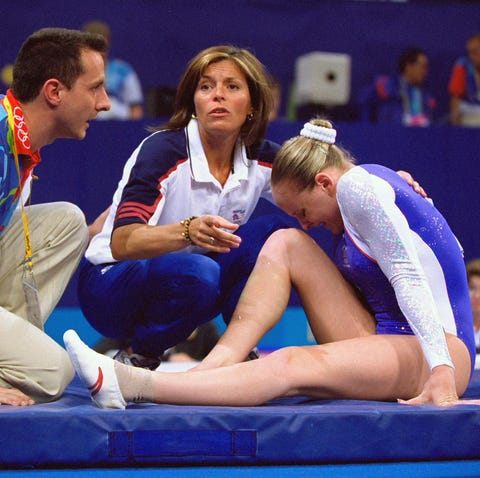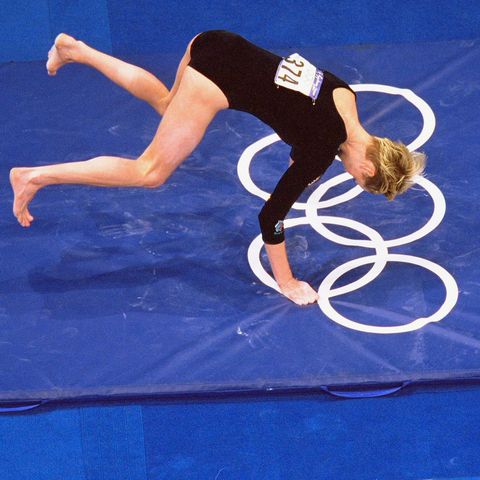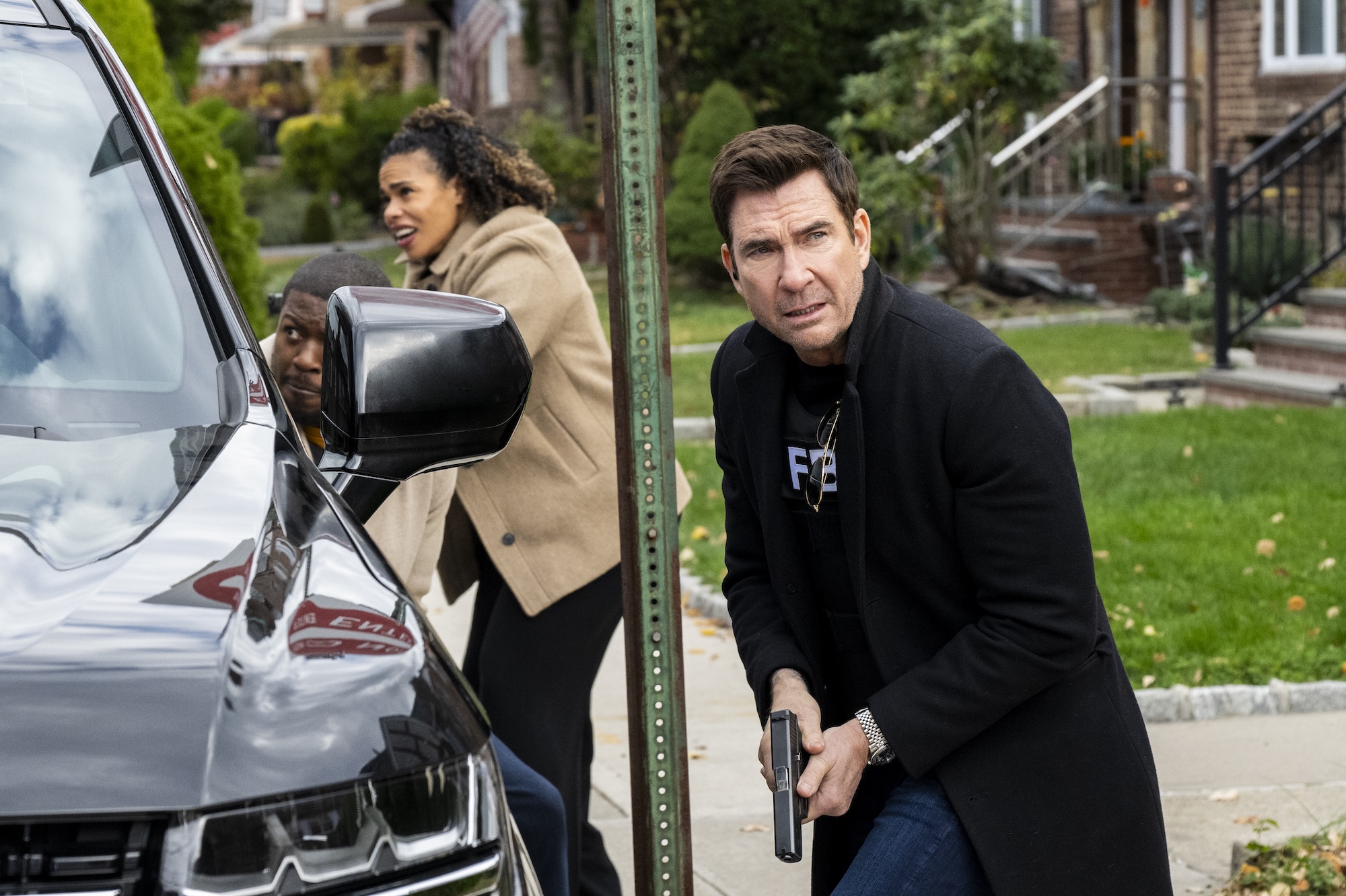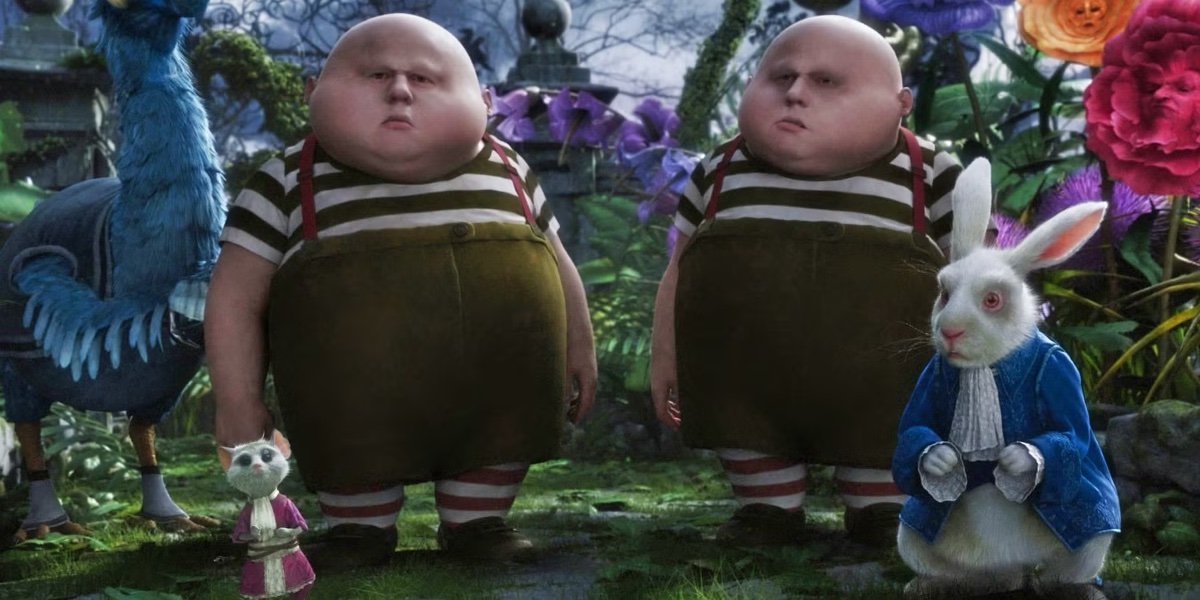Inside the Biggest Gymnastics Mistake in Olympics History
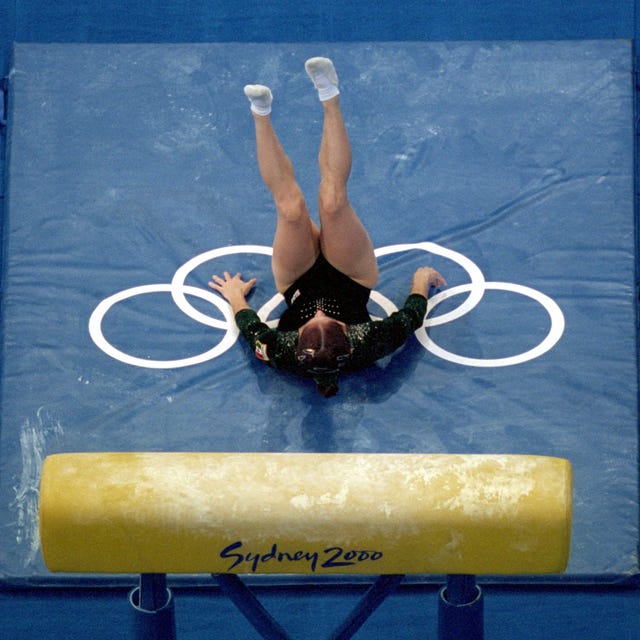
Inpho PhotographyGetty Images
The gymnastics vault is methodical. “One small step, you know, one inch is a really big difference,” former U.S. Olympic gymnast Elise Ray says on the new podcast Blind Landing. “It completely plays a factor in your run and your hurdle and your entry.”
Ray was a top contender in the all-around at the 2000 Sydney Games—until it came time to vault. She flipped at the wrong angle and crashed hard on the mat, nearly landing on her neck. “I thought it was nerves, I thought my steps were off… something that I was doing,” Ray says. “I blamed myself.”
But it wasn’t her fault. The vault had been set two inches too low. A staggering 17 other gymnasts also fumbled their way through the event, which ended up looking “more like junior high stuff than the mark of true Olympians,” ESPN reported at the time. Even gold-medal favorite Svetlana Khorkina landed backside on her first vault.
The mishap is still one of the biggest mistakes in Olympic history. In Blind Landing, host Ari Saperstein talks to several vaulters (some are speaking out for the first time) about how the error in measurement cast doubt on the entire competition—and put them in serious danger.
On July 29, 2000, Ray won the U.S. Gymnastics Championships after landing a Yurchenko double full, one of the most difficult vaults at the time. It also secured her spot on that year’s Olympic team. “The absolute pinnacle, right?” Ray says on Blind Landing. “It’s what everybody wants.”
When she fell on vault at the games one month later, she chalked it up to nerves. So did many of the other gymnasts who also fell. It wasn’t until Australian gymnast Allana Slater questioned the way the apparatus was set up that the gymnasts began to realize what was happening. “I’ve spent countless hours on vault, and I just remember thinking to myself, that vault looks low. That really looks like a low vault,” Slater says on the podcast.
She told her coach about her theory. “I was thinking, there’s just no way it’s safe, for myself, but also, it’s not right for everybody else,” she says. “I remember just standing there, talking to the girls at the other end… ‘The vault’s the wrong height. It’s too low. It’s really low. Look at it. Does it not look the wrong height to you?’ Thinking, maybe I’ve just gone crazy.”
A group of Olympic officials came out with tape measures and, as it turns out, Slater wasn’t “crazy” at all. The vault really was set two inches shorter than it should have been.
But how did it happen?
In Blind Landing, Saperstein says this wasn’t some “Tonya Harding situation.” That’s because no one had anything to gain. “No one I talked to, no one has ever floated the idea of foul play or sabotage. In part because 18 gymnasts from such a wide array of countries competed on the vault at the wrong height,” he says. “The day before the women’s all-around competition, someone really messed up and readjusted it incorrectly, putting the vault one notch, or two inches, too low.”
Not only did the mistake cast a shadow of doubt over the games, it was also really dangerous. A gymnast from Spain nearly ran into vault after landing. Another gymnast from Brazil rebounded onto her head. Annika Reeder of Great Britain hurt her ankle and had to be carried off the mat.
To address the mistake, Olympic officials allowed the gymnasts a redo. But by then, the error had already taken its toll. Confidence shaken, many gymnasts fell on their other events. Medal contenders suddenly found themselves at the bottom of the rankings. “Maybe I would have won the all-around. But it is all maybes,” Svetlana Khorkina says in Blind Landing. “No one apologized to me.”
Kym Dowdell, the gymnastics competition manager at the 2000 Games, says on Blind Landing that “mistakes are never acceptable. Never. But what is even more unacceptable is when you don’t learn from those mistakes. So there was a lot of learning from that mistake and that was being corrected.” Dowdell goes on to assure listeners there is now “a full process” at the Olympics where technical authorities “go round and measure the apparatus in a lot of detail prior to each session of the comp starting.”
For the gymnasts, the way the situation was handled left a huge impact. “It was sort of a delayed anger,” Ray says on the podcast. “But after the fact, kind of when you get home and you reflect on, like, ‘Wow, that was supposed to be the best competition of my career. That was my dream, that was my…then yes. The anger started to set in for sure. And the questions of, ‘How did this even happen? Who let that happen?’ Those questions were big, they were large. And that anger stuck with me for a couple years.”
All five episodes of Blind Landing are now available on Apple Podcasts.
This content is imported from Third party. You may be able to find the same content in another format, or you may be able to find more information, at their web site.
This content is created and maintained by a third party, and imported onto this page to help users provide their email addresses. You may be able to find more information about this and similar content at piano.io


